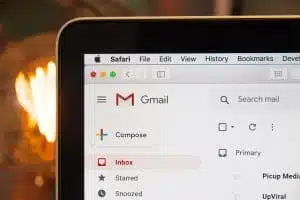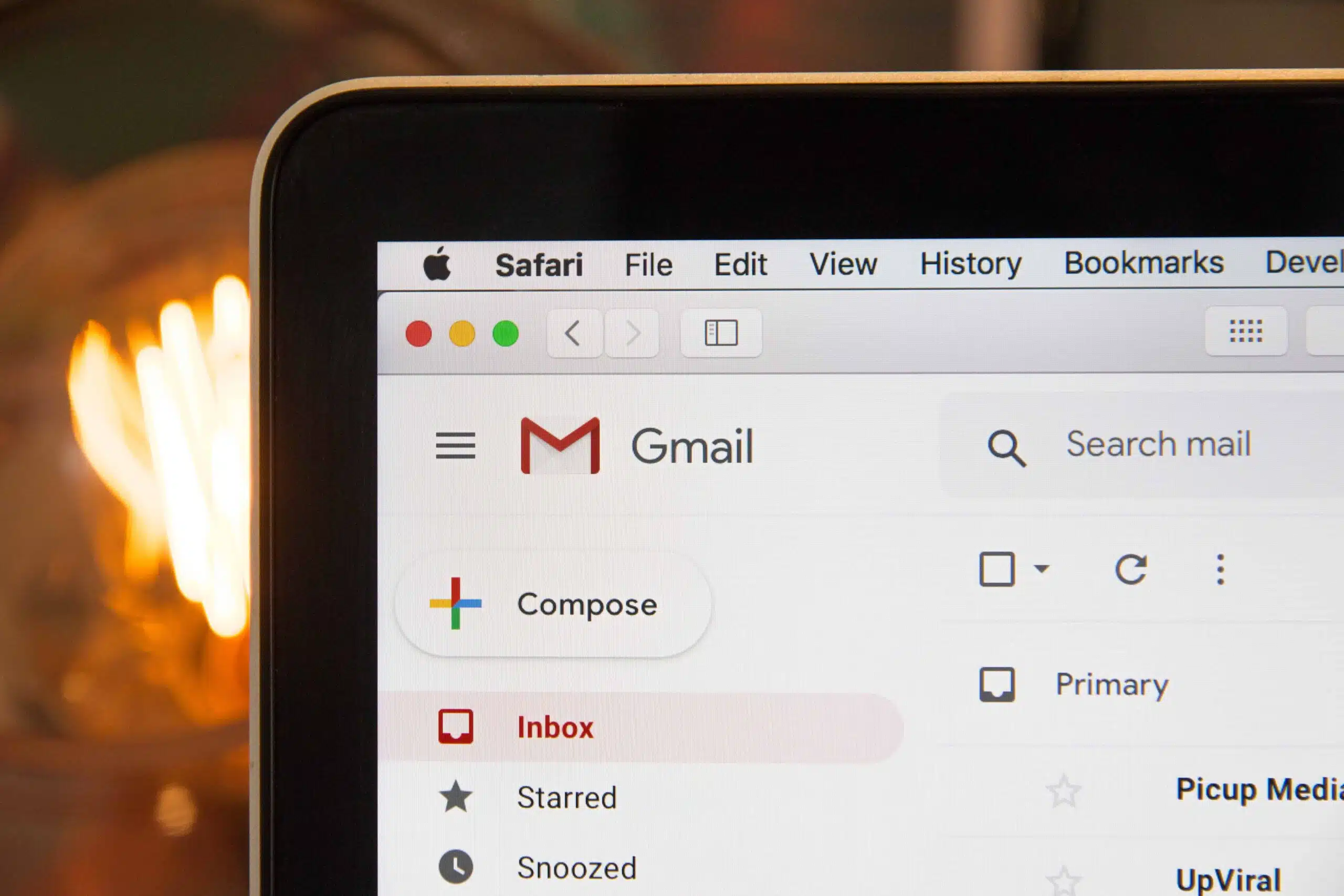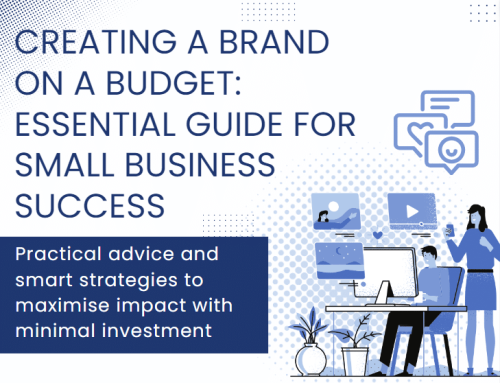4 ways to use the power of email marketing in your business
 Ask any business owner about their morning routine and I can guarantee that one of the first things (if not the first thing) they do upon waking is pick up their smartphone… and check their email.
Ask any business owner about their morning routine and I can guarantee that one of the first things (if not the first thing) they do upon waking is pick up their smartphone… and check their email.
In fact, according a survey by ExactTarget, 77% of customers prefer to receive permission-based marketing via email (that’s over social, direct mail, text or phone).
Email is also famous for reportedly being 40x more effective at acquiring new customers (when compared with Facebook or Twitter). Forty times. That’s a compelling number.
7 reasons why we mentor our business coaching clients to add email to their business marketing mix
- It’s a low cost, high reward strategy – emails don’t cost much to send but can have a large return on investment. In fact, email returns an average of $38 for every $1 spent.
- Your content or offer goes direct from you to your customer. When you think about it, your email list is an asset that you own, while social media is rented space. This means that your email campaigns aren’t affected by crazy algorithm changes that suddenly make all your content invisible to your followers. (I’m looking at you)
- You’re reaching people where they hang out. HubSpot reports that 99% of consumers check their email daily, with 50% of them admitting to checking it ten times per day. (Not even your biggest fans are checking in with your business via your website or socials that often)
- Sharing content via email helps to quickly position you as an authority and expert in your industry. Offering carefully curated content as well as strategies, tips or insights goes a long way towards showing people that you know your stuff. They’ll come to see you as a go-to person in your field.
- Email is often more targeted and more personal than other forms of marketing. There are simple ways you can personalise your emails (using name fields, etc) or segment your list to ensure that readers only receive information that is relevant to them. This isn’t possible with most other forms of digital marketing.
- You are talking to an audience who wants to hear from you. Contacts in your email list have opted-in which means that they want to hear about your business via this channel.
- You can create scarcity. If you run a service business, there is a limit to the number of projects or clients you can take on. By letting those on your email list know that you only have space for a couple of spots in your schedule, or that you are booked up until a certain date, you create scarcity and urgency. This can motivate customers to pick up the phone to avoid missing out. It also sends a signal that lots of other people have chosen to do business with you – which is great social proof.
Four ways you can start showing up in your customers’ inbox
Automated email sequences
This is a great strategy I use with my coaching client to establish a relationship with potential customers and gently moving them towards doing business with you. We mentor our business clients to use a ‘welcome sequence’ (an automated series of emails) to greet people at the front door of their business and then show them around.
By sending a series of timed emails that deliver your cornerstone content (ie you brand story, important information about your product/service, key blog posts etc), you ensure that people get up to speed on what you do, how you work and the benefits of doing business with you. When they do finally make contact, all the sales heavy lifting has been done for you – often all that’s left to do is close the sale.
An e-newsletter
There are many ways to structure a regular email to your customers – something which traditionally may have been referred to as a newsletter. But you probably shouldn’t call it that. It’s a subtle shift, but with all kinds of content marketing (which is what a newsletter is) your aim is to share something of value with your customers. A newsletter sounds very ‘me, me, me’.
In terms of what content to share, it must be something:
- that your customers are interested in
- that relates to what your business offers
- that includes something they can action right away to improve their lives
This might be a weekly tip, a monthly round-up of relevant articles, your blog, a guide, a behind the scenes look at your business, a customer testimonial and/or before and after photos… the options are virtually limitless. Just make sure that whatever you send them is customer-centric and you can’t go too far wrong.
Email offers
Not everything has to be about the soft sell. Once you have built a relationship with the people on your list (ie through your welcome sequence and/or regular emails), you are in a position where you can periodically boost sales by sending out an email offer.
Often this will take the form of a dollar or percentage discount on a certain product or service. You must take care to clearly communicate the terms and conditions of the offer (inclusions, exemptions, date of expiry etc) and don’t forget to ask for the sale using a clear call to action (ie ‘buy now’, ‘book in today’ etc).
Pro tip: make sure you segment your list so you don’t include customers that recently paid full price for that product or service. That’s a sure-fire way to make sure they don’t buy from you again.
Surveys
Many business owners are shy about sending out customer surveys. But we mentor our coaching clients to see it for the valuable opportunity it is. Surveys are one of the quickest and simplest ways to gather key customer insights that helps you improve your products and services.
When designing a survey, you will need to ask yourself:
- what exactly am I trying to find out?
- who are the best people to answer these questions?
- where are the respondents in the sales process? (e.g. it can be a great idea to survey customers that have just done business with you)
- how can I encourage them to respond? (e.g. you might consider offering a discount on their next purchase)
Be sure to keep it short and make it easy for customers to use. Tools like SurveyMonkey make conducting surveys fairly simple – plus many of them are free to use.
Three simple list-growth strategies that have worked successfully for our business coaching clients
- Offer a lead magnet – this is a useful piece of content (eg a downloadable checklist, guide or cheat sheet), that offers enough value to your customers that they are willing to get in exchange for providing their personal details.
- Get people on the waiting list for your service or product – have an out-performing product or service that has you over-booked or out of stock? Use the opportunity to put customers on a waiting list. They’ll happily hand over their email in exchange for updates on availability.
- Collect emails from customers
Make it part of your sales process to collect your customers’ email details. However, be sure to make it clear that you will be contacting them for marketing purposes and provide them with a way to opt-out.
Extra tips for successful email marketing
Your subject line is important – when deciding whether or not to open your email, often the subject line is all your readers have to go on. Spend time crafting a subject line that is informative, but that also piques their curiosity – but try to avoid being spammy.
Commit to a rhythm – how often can you realistically send something out? Keep in mind that monthly is fine but if you leave it any longer than that, you risk losing context with your clients. Believe it or not, people will come to expect your emails, so make sure you are keeping your promises.
Plan out your content – you don’t want to be sitting down each week or month in front of a blank computer screen. Create a content calendar and use it to collect and map out your ideas.
Be patient and consistent – try not to see short-term metrics as a canary in the coal mine. A low open or click rate may simply be a sign that you need to clean your list, check your bounce-rate or make small changes to the type of content you are sending out. Give any new email strategy a proper trial run (around 4-6 months) before you decide whether or not it is working for your business.
Your email list can be a real asset to your business
The numbers don’t lie. Very few marketing strategies are as effective as email. It helps you build relationships and nurture a list of potential and existing customers that are constantly moving towards a place where they are ready to buy. If you’re not currently using email as part of your marketing strategy, it’s an untapped vein of growth potential that could really help you level-up your business.




